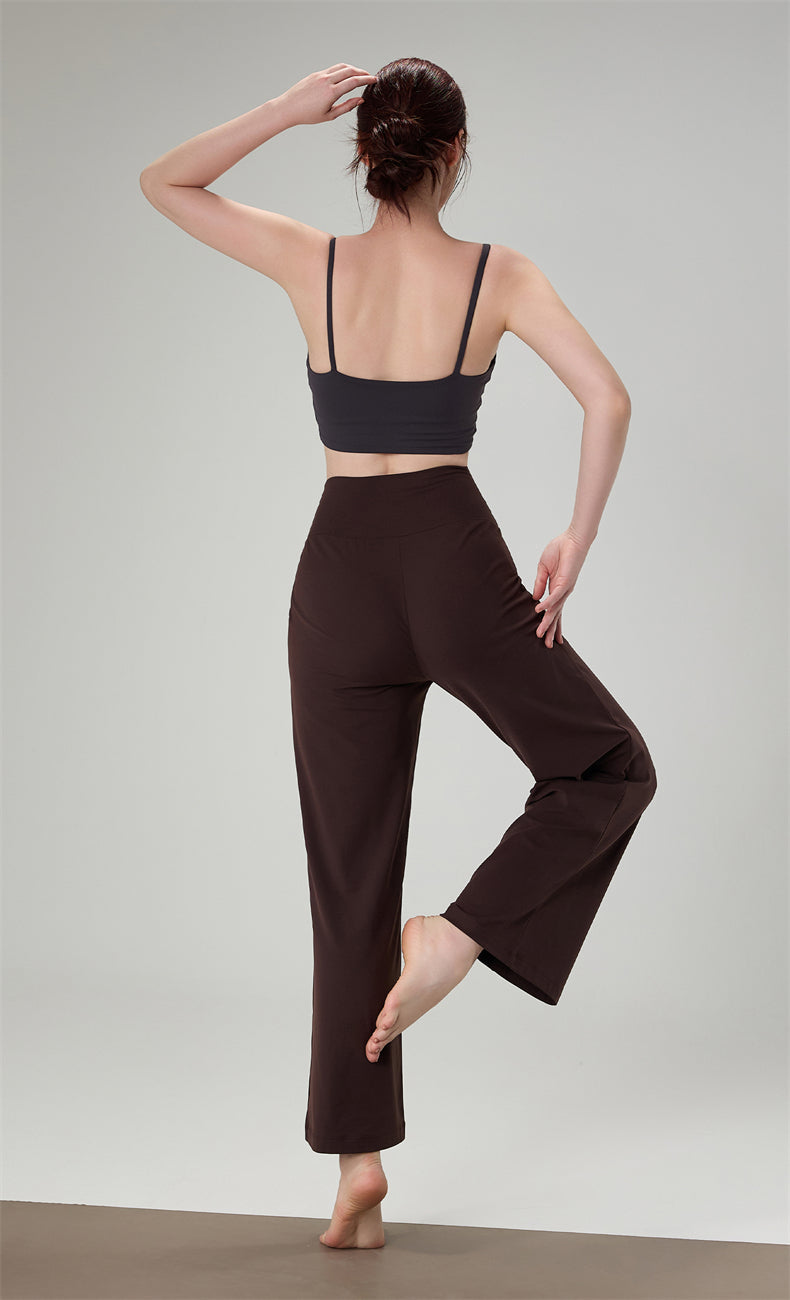The hanging and storage methods for yoga sports vests

Proper Hanging Techniques to Preserve Your Yoga Sports Tank Top’s Shape and Fabric
Storing your yoga sports tank top correctly prevents stretching, creasing, and fabric damage, ensuring it stays ready for your next workout. Hanging is often preferred over folding for certain materials, but the method matters. Here’s how to hang your tank top without compromising its elasticity or structure.
Selecting the Right Hanger Type for Your Tank Top’s Design
The hanger you choose should match the tank top’s neckline and shoulder straps to avoid distortion. For racerback or thin-strap designs, opt for a hanger with a narrow, curved shape that mimics the natural slope of your shoulders. This prevents the straps from stretching or slipping off. Avoid thick wooden or plastic hangers, as they can create pressure points that misshape the fabric over time.
If your tank top has a wide neckline or open back, consider using a clip hanger designed for delicate items. Gently attach the clips to the bottom hem or side seams—never the shoulder straps—to distribute weight evenly. Ensure the clips are padded or coated to prevent snags or tears in lightweight materials like mesh or lace.
For tank tops with built-in bras or compression panels, use a hanger with a flat, wide base to support the garment’s structure. This prevents the fabric from sagging or losing its shape, especially in areas with reinforced stitching.
Positioning the Tank Top on the Hanger to Avoid Stretching
Start by turning your tank top inside out if it has printed graphics or delicate embellishments. This protects the outer layer from friction against the hanger. Slide the hanger through the neckline or bottom hem, depending on the design. For tank tops with a standard neckline, align the hanger’s shoulders with the garment’s shoulder seams to maintain symmetry.
If the tank top has a racerback or crisscross straps, drape it over the hanger’s curved section so the straps lie flat against the fabric. Avoid hanging the tank top by its straps alone, as this can cause them to stretch or lose elasticity. Instead, let the weight of the garment rest on the hanger’s body, with the straps hanging naturally.
For tank tops with a loose fit or flowy silhouette, gently smooth out wrinkles by hand before hanging. Avoid tugging or pulling the fabric, as this can lead to permanent creases or distortion. If the garment has a drawstring or adjustable waist, ensure it’s loosened to prevent tight spots from forming during storage.
Choosing the Ideal Location for Hanging Your Tank Top
The environment where you hang your yoga tank top plays a role in its longevity. Avoid damp areas like bathrooms or basements, as moisture can lead to mildew or musty odors. Instead, opt for a well-ventilated closet or open shelf with consistent airflow. If your closet is prone to humidity, use a dehumidifier or silica gel packets to absorb excess moisture.
Direct sunlight can fade colors and weaken elastic fibers over time, so hang your tank top away from windows or bright lights. If you must store it in a sunny spot, rotate the garment periodically to ensure even exposure and minimize discoloration. For added protection, consider using a breathable garment bag or cotton dust cover to shield the fabric from dust and light.
If you’re short on closet space, use a sturdy over-the-door hook or wall-mounted rack with rounded hooks to hang your tank top. Ensure the hooks are smooth and free of sharp edges to prevent snags. Limit the number of garments per hook to avoid overcrowding, which can lead to wrinkles or stretching.
Alternating Between Hanging and Folding for Long-Term Care
While hanging is ideal for maintaining shape, rotating between hanging and folding can extend your tank top’s lifespan. For everyday use, hang the tank top after washing to let it air-dry fully and prevent musty odors. Once dry, fold it loosely and store it in a drawer for a few days to relieve pressure on the shoulders and seams.
When folding, avoid sharp creases by rolling the tank top instead of folding it along rigid lines. Lay the garment flat, fold the sleeves inward, then roll it from the bottom hem to the neckline. This method minimizes wrinkles and reduces stress on elastic bands or compression zones.
If you notice the tank top losing its shape after hanging, switch to folding temporarily or adjust the hanger type. Some fabrics, like heavy cotton blends, may benefit from short-term folding to recover their natural drape.
Protecting Delicate Features During Hanging Storage
Tank tops with delicate details like mesh panels, lace trim, or sequins require extra care when hanging. For mesh or perforated fabrics, use a padded hanger or wrap the hanger in a soft cloth to prevent snags. Avoid hanging these garments near zippers, hooks, or rough surfaces that could catch on the fabric.
If your tank top has removable padding or cups, take them out before hanging to maintain their shape. Store the pads flat in a drawer or reinsert them into the garment once it’s on the hanger to prevent creasing. For tank tops with adjustable straps, fasten them loosely to avoid stretching the fabric during storage.
By following these hanging techniques, you’ll keep your yoga sports tank top in pristine condition, ready to support your practice without sacrificing comfort or style.



Leave a comment
All comments are moderated before being published.